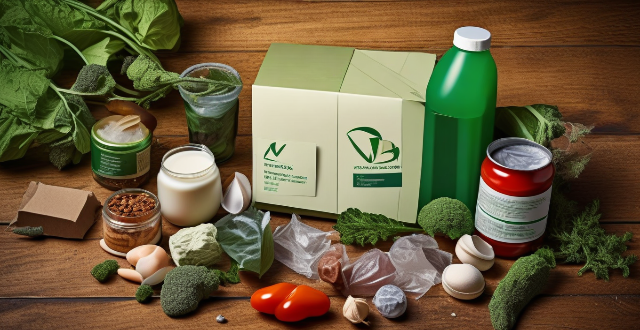Green packaging is crucial for sustainability as it reduces waste, lowers energy consumption, conserves resources, encourages a circular economy, promotes healthier choices, and supports environmental regulations. It uses biodegradable and recyclable materials, lightweight designs, sustainable sources, minimalist designs, reusable options, and non-toxic substances. This helps companies comply with stricter regulations and drive industry standards higher.

How Does Green Packaging Contribute to Sustainability?
Green packaging plays a crucial role in promoting sustainability by reducing the environmental impact of products throughout their life cycle. Here's a detailed explanation of how green packaging contributes to sustainability:
1. Reducing Waste and Pollution
- Biodegradable Materials: Green packaging often uses materials that are biodegradable, which means they break down naturally without harming the environment. This reduces the amount of waste that ends up in landfills or oceans.
- Recyclable Materials: Using recyclable materials for packaging helps to conserve resources and reduce pollution. When these materials are recycled, they require less energy to process than producing new materials from raw sources.
2. Lowering Energy Consumption
- Lightweight Packaging: Green packaging designs tend to be lightweight, which reduces the energy needed for transportation. This results in lower greenhouse gas emissions and helps to mitigate climate change.
- Efficient Production Methods: Many green packaging options are produced using energy-efficient methods, further reducing the carbon footprint associated with manufacturing processes.
3. Conserving Natural Resources
- Sustainable Sources: Green packaging often utilizes materials derived from sustainable sources, such as bamboo, corn starch, or other plant-based fibers. These materials can be replenished more easily than traditional plastics derived from fossil fuels.
- Reduced Material Use: Minimalist packaging designs use less material overall, conserving natural resources and reducing the need for resource extraction activities like mining and drilling.
4. Encouraging Circular Economy
- Reusable Packaging: Some forms of green packaging are designed to be reused multiple times, promoting a circular economy where products are kept in use for as long as possible before being recycled into new items.
- Design for Disassembly: Packaging that is easy to disassemble makes it simpler to recycle individual components, ensuring that more materials can be recovered and reused.
5. Promoting Healthier Choices
- Non-Toxic Materials: Green packaging avoids the use of harmful chemicals and toxins, making it safer for both consumers and the environment. This includes avoiding substances like BPA (bisphenol A) and phthalates, which can have negative health effects.
- Informed Decisions: By providing clear information about the eco-friendly nature of their packaging, companies encourage consumers to make more informed decisions about the products they purchase, fostering a culture of sustainability.
6. Supporting Legislation and Regulations
- Compliance with Regulations: As governments implement stricter regulations on packaging waste and recycling, green packaging solutions help companies comply with these laws and avoid potential fines or penalties.
- Driving Industry Standards: The demand for green packaging also drives industry standards higher, pushing competitors to adopt more sustainable practices across the board.
In conclusion, green packaging is an integral part of achieving sustainability goals by minimizing waste, conserving resources, reducing energy consumption, promoting a circular economy, encouraging healthier choices, and supporting environmental legislation. By incorporating these principles into packaging design and production, companies can significantly reduce their ecological footprint and contribute to a more sustainable future.